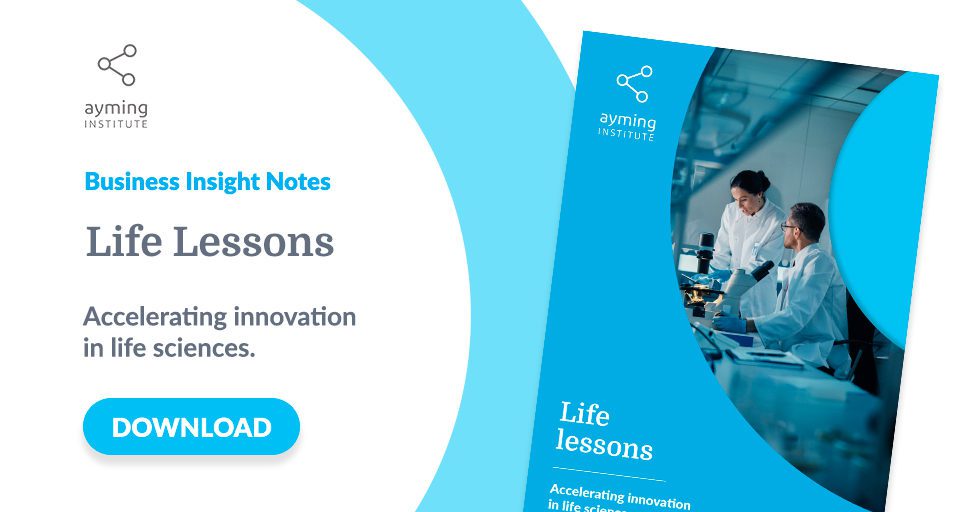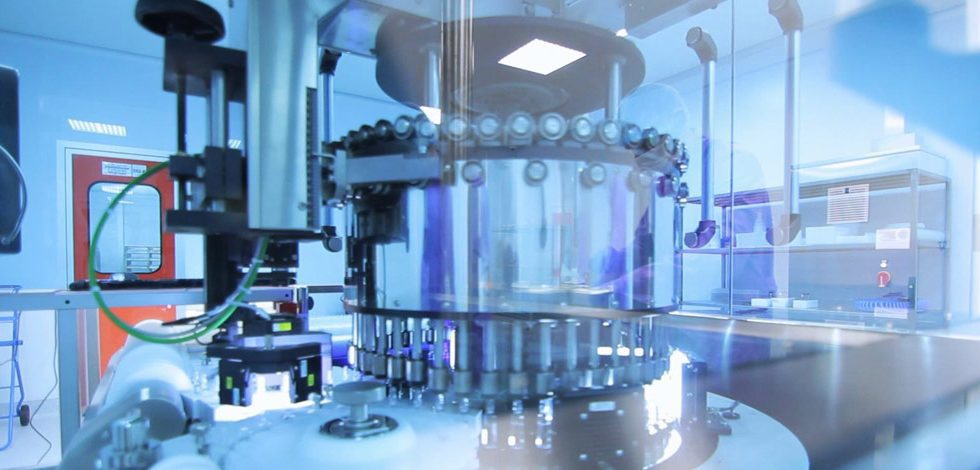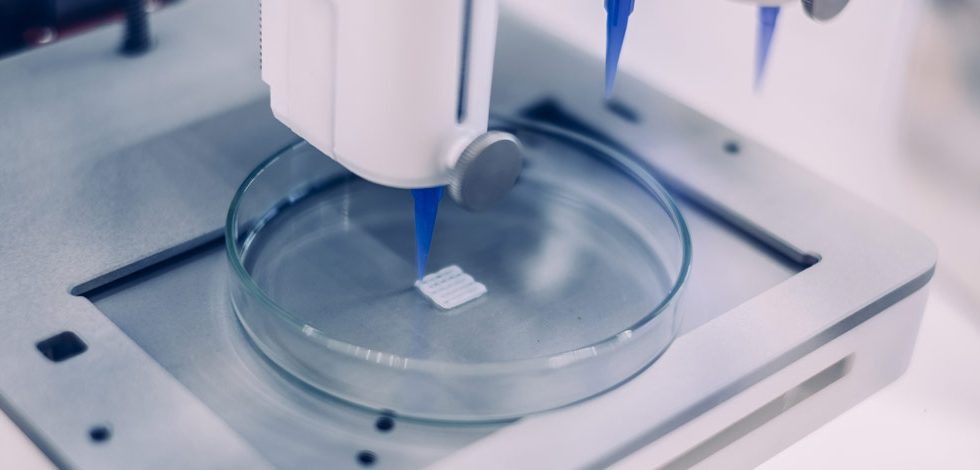The world has breathed a collective sigh of relief. After nine months of waiting, vaccines are inbound. The recent announcements from Pfizer/BioNTech, Moderna, and Oxford/AstraZeneca are the first signs that we may be able to get the pandemic under control and get back to normal.
The speed at which these have been developed is unparalleled in medicinal history. The process has been innovative to its core and provides an excellent blueprint for us to take forward to address our next great challenge: the climate crisis.
Demand is high for solutions and business innovation is desperately needed to transform the global economy into a circular one to avoid a climate catastrophe. Most companies vocalise their support for sustainability, but it is not an R&D focus for the great majority, with 72 percent allocating less than a quarter of their R&D budget to sustainability according to our International Innovation Barometer. More needs to be done.
Unfortunately, COVID-19 has had a negative impact on sustainable innovation whilst businesses focus on core strategy, but there is a real opportunity in the long term. The environment is front of mind, and government funding is being directed towards a green economy.
Changing attitudes towards sustainable innovation
Whether it’s big businesses or the small disruptors championing sustainability, the ambition to tackle climate change is growing and companies recognise they need to realign their business models to become greener. And while some businesses are at the forefront, it needs to be on the agenda of every organisation. Everyone has a responsibility to adapt their business. However, there are several obstacles to sustainability.
The biggest concern is the cost. Firms cannot simply embrace radical change at the expense of a functioning business. They still need to be commercial because progress is in vain if they go bust. For example, in a big factory, you could have machinery worth hundreds of millions of pounds, which cannot be simply scrapped and replaced with a greener version overnight.
On the other hand, it’s increasingly clear that becoming sustainable makes good business sense. The most popular driver of sustainable innovation is that it will improve business performance, which means companies are doing it for their own productivity. For instance, by reducing your energy consumption, which is always a high cost, you are improving how your business runs whilst also having a sustainable outcome. The fact is that innovation is usually an incremental process, so companies must identify where those sustainability leaks are and act to create a more circular, and ultimately profitable, business model.
The other key factor holding sustainable innovation back is that businesses often avoid collaborating.
Indeed, intellectual property concerns hold partnerships back, with many seeing working with a competitor as a poker game of avoiding giving too much away. Additionally, taking on a major project with another company can seem daunting and is often viewed as a potential hindrance considering how difficult it can be to manage the different stakeholders.
Now is the time to open things up and share research more willingly, particularly on global issues. R&D is increasingly sophisticated, and most innovation now requires complicated skills or technology that individual companies do not have in-house. Not only is collaborating cheaper, but it increases chances of success, creates more diverse ideas, and is often a quicker route to outcome.
Having a more cohesive environment, such as having universities interact with large companies, creates an ecosystem, and increases the skills and knowledge of the research community. The efforts to develop a vaccine show that applying resources correctly to a specific R&D goal can be very productive, which is a lesson that translates into commerce and should be applied to green innovation.
The capabilities are out there
We are in a strong position to solve the challenges we face. Advances in technology such as cloud computing, machine learning, and robotics are coming to fruition and many organisations are implementing technology that has been talked about for a long time. Companies now have cheap and easy access to tools that can be used to accelerate innovation and connect parts of the project in ways previously not possible.
R&D teams can tailor computing resources to their needs. When it comes to vaccines, vast amounts of data need to be analysed and verified, all of which can now be done without having to maintain an overhead for infrastructure. But then let’s say you need a specific part to a machine and have to ship it in. Instead, you could download the 3D printing blueprint, and away you go. If the right tools are applied, it’s a serious productivity boost.
As it was for the vaccine, targeted funding is also crucial. Usually, government funding for green projects mainly comes in the form of grants. These are still a vital piece of the funding puzzle, but applications can be slow and adherence to processes can be cumbersome. The Pfizer vaccine is a case in point. The Pfizer team deliberately avoided subsidies to avoid having to do the reporting involved with accepting them. Speed was the game, and it was decided subsidies could be a hindrance.
The role of R&D tax incentives
Tax incentives, on the other hand, provide a different funding avenue for projects and are well suited to the task at hand. Unlike grants, they are retrospective, and volume-based, meaning the more you spend, the more you get back. Business leaders reflect this sentiment. The funds provided through these incentives should help tip the balance in favour of taking on the economic risks associated with the level of disruptive innovation needed to combat climate change.
Most importantly, though, the vaccine process goes to show the power of an agile approach in an emergency. Normally the stages of vaccine development follow a standard pattern and one stage naturally follows on from the previous one. This has not been the case in 2020. In the race to get a vaccine, numerous stages of the development took place simultaneously to shorten the development timeline without any compromise on safety and approvals.
These vaccines show us how innovation can and should happen. There are many global challenges we face, but none more pressing than the climate emergency. It will continue to have a negative effect on the natural world and economies unless we start treating it as the crisis that it is. If we applied the same worldwide collaboration, targeting of resources, and agile innovation development to climate challenges, we could be far more optimistic of achieving our goals to reduce emissions sooner than 2050, 2040, or even 2030. Effective R&D has eliminated a global threat at record speed, it’s time for the next.















No Comments